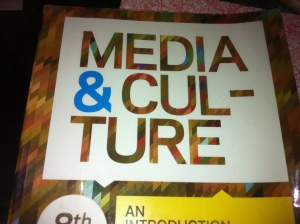I always find it fascinating to hear from people who create things that we tend to take for granted. Like the show “How It’s Made”. The process, the conceptualizing…it’s all pretty interesting to me. It becomes no less so on the small scale, like the work of a single artist. Anything done well deserves to be appreciated for how it’s done. This interview with Eduilson Wessler Coan certainly fits in here. I don’t know anything about the guy, and I’d never heard of any of the typefaces he’s created before reading this (though whether I’ve seen them in use, I couldn’t say, I don’t quite have the eye for that). But typography is one of those areas that I had no idea was so complex as it is until last year when I tried searching for a specific font to use for our wedding invitations. Most of the experience that I had ever had with any kind of typography before was in Microsoft Word, making sure I used the right font for school assignments. Searching for our wedding font revealed to me that not only is this field unbelievably vast, it can also demand some very high money. Before that situation where I desperately needed a specific typeface, I had no idea that other people were in the habit of buying (BUYING!!!) typefaces, but also making their own, or paying others to make them. I guess I always imagined some company somewhere who just has a monopoly on type design with little unnamed elves sitting in an office making a new one every five years. Kinda like 3M with adhesives or Pantone with colors.
Anyway…the interview. I like that Coan is open about his process, I think not everyone is willing to discuss “trade secrets”. He uses what I assume are typographical terms to explain his fonts that aren’t difficult to understand by someone outside of the industry. I also like that he’s open about having lots of design experience, but not excessive amounts of education past his undergrad studies. And he’s not elitist about others needing that design background if this is something that they wish to do (though of course it helps to know your way around a letterform). Even his tools he has no qualms about revealing, like the Pentel Brush and Parallel Pen (which the article conveniently links to, since I had no idea what they were). I have a basic calligraphic background from a class I took in middle school, and these look much easier to use than the nibs and bottles of India ink that I was trained with. Along with his openness about his process, I very much appreciate that he is humble enough to admit what he has trouble with when designing. Anyone who can share details with the public about how to do what they do for a living certainly deserves a high-five.





